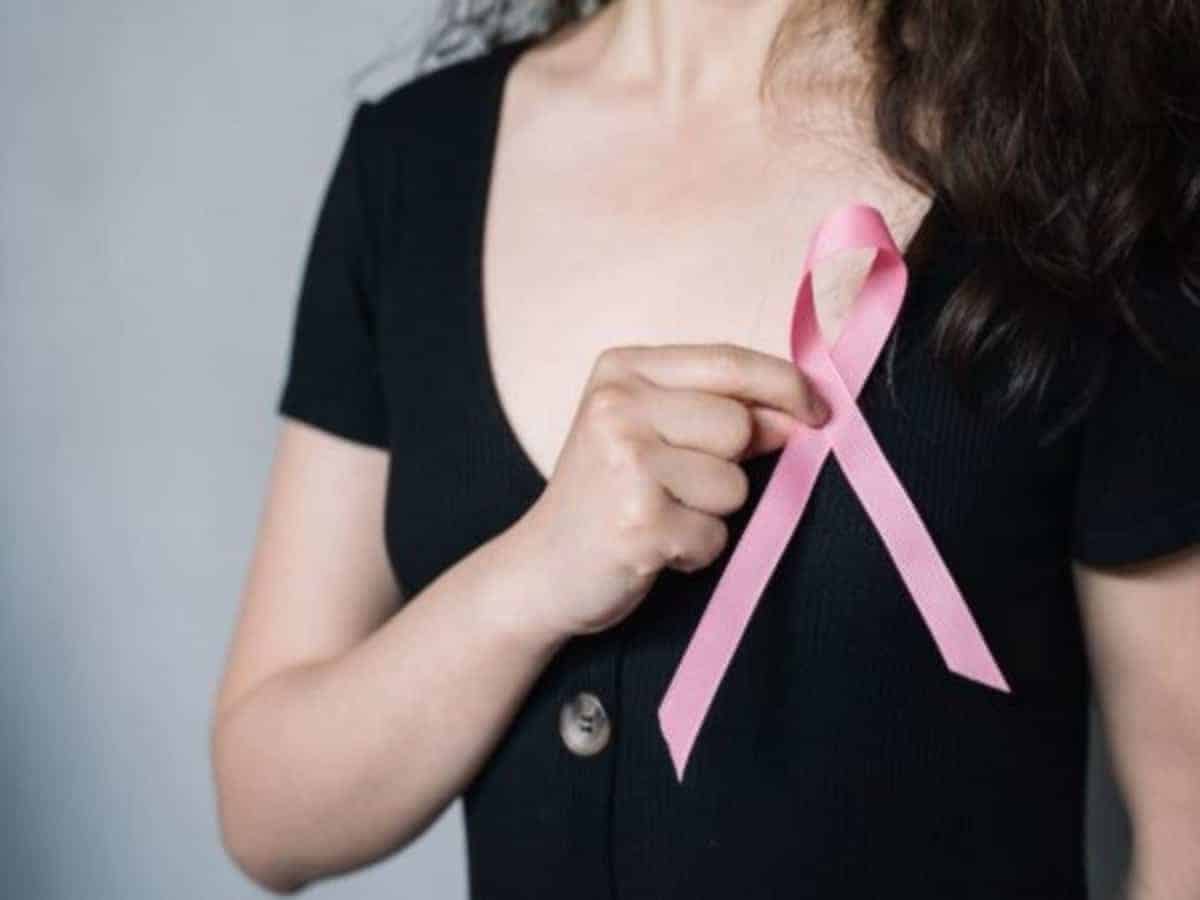Hyderabad: The International Institute of Information Technology, Hyderabad (IIT-H) has entered into a Memorandum of Understanding (MoU) with the Nizams Institute of Medical Sciences (NIMS) to convert traditional histopathological slides into computerized images to aid pathologists.
With Artificial Intelligence making inroads into healthcare, pathology is also making headway especially considering the COVID-19 pandemic. From allowing pathologists the safety and convenience of remotely analysing tissue samples to seamlessly collaborating with peers or doctors located in different geographical locations, digital pathology is aiding the same by adopting computerised imagery in diagnostics.
IHub-Data is a Technology Innovation Hub at the university established under the National Mission on Interdisciplinary Cyber Physical Systems (NM-ICPS) in the area of data driven technologies. The Hub is focused on putting together large-scale datasets to help develop solutions through applied research to deal with cancer patients.
As per a Niti Aayog policy report, India has barely 2000 pathologists experienced in Oncology and less than 500 of them who could be considered experienced oncopathologists.
In this regard, machine learning solutions can prove to be helpful by assisting a pathologist in making quality diagnosis as well as in quickening the time-consuming manual process. But in order to create an automated tool, an essential prerequisite is the availability of annotated pathology datasets which currently don’t exist in the Indian context.
“The Indian Pathology Dataset is one such effort where a large scale data collection of histopathology images specifically from Indian patients will be used to develop AI solutions for accelerated and accurate diagnosis of different types of cancer,” remarks Professor Deva Priyakumar, the Academic Head of IHub-Data.
In traditional histopathology or a biopsy, a tissue sample is routinely processed to make sections out of it. These sections are then stained with pigments onto a glass slide to provide a contrast and reveal cellular components under microscopic observation. “All of this is a manual and tedious process where a pathologist has to count and see various expressions in morphometry, explains Dr Shantveer Uppin, Head of Department, Pathology at NIMS.
He states that with digitization, the entire slide is scanned and converted into a digital one which can be viewed on a computer and magnified (if required) to look at the finer details.
IIITH’s initial collaborative efforts with NIMS are focused on digitizing the existing glass slides to create an Indian dataset of various malignancies. Since NIMS receives a large caseload of lung cancer patients, the project will kickoff with digitizing and annotating of lung cancer biopsies. Apart from cancer, the aim is to digitize lupus nephritis samples – an auto-immune condition affecting the kidneys.
While the collaboration with NIMS marks the initial step towards building a data repository, the team at iHub-Data is exploring a long-term and expansive effort involving a consortium of hospitals and diagnostic centres as the diversity of cancer requires a lot of samples to build a bio-bank.
(This article has been taken from IIIT-H’s blog)

